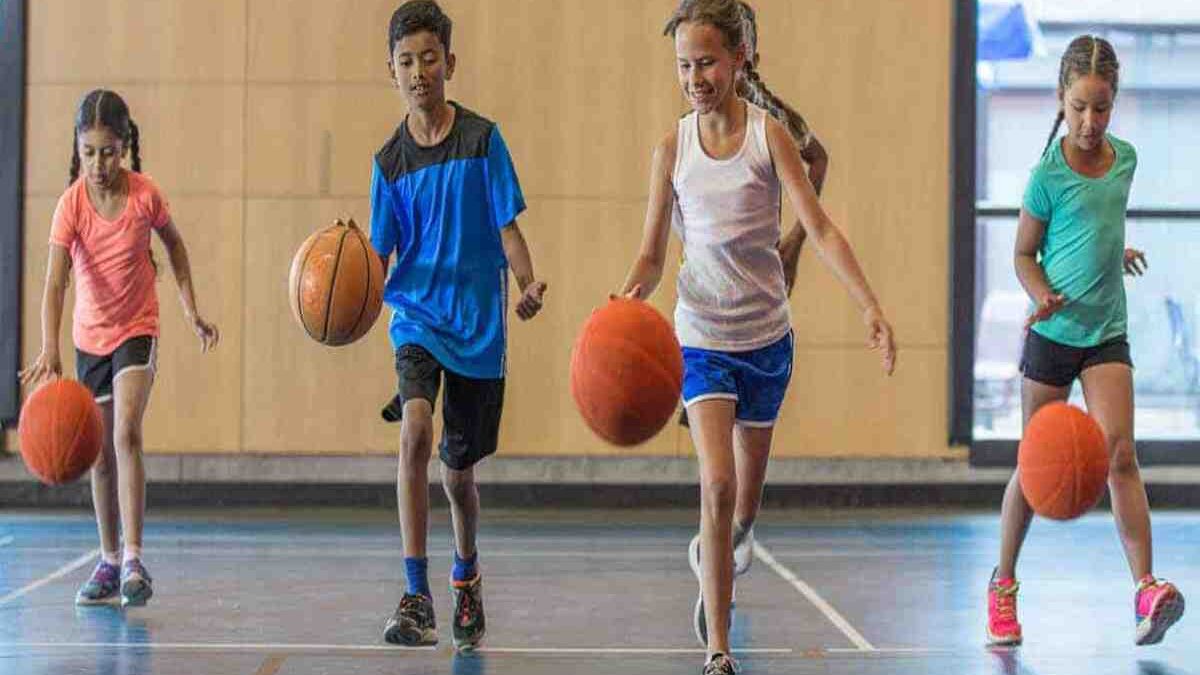Table of Contents
Boosting Physical Health: Essential Tips for Students
Physical Health In this article, we’ll discuss some of the best practices you can use to promote physical health and wellness before exploring It’s flu season, which means classrooms across the country are overflowing with tissues and hand sanitizer. Teachers watch for coughs and sneezes, the first signs of flu.
As a teacher, you’re (hopefully) busy helping your students stay healthy during this flu season. But promoting good physical health goes beyond simply preventing disease. Students’ overall health and well-being impact everything from academic performance to future success. So even if you’re not a physical education teacher at your school, there’s still a lot you can do to ensure your students lead healthy lives.
In this article, we’ll discuss some of the best practices you can use to promote physical health and wellness before exploring ways to help your students stay healthy before, during and after the winter season.
Set a Good Example
Encourage hand washing.
Please encourage students to cover their mouths when coughing or sneezing (and lead by example)
Have enough handkerchiefs and hand disinfectant-ready.
Can send spot early signs of illness so affected students home.
So, aside from giving good example tips, how can you encourage your students to adopt a healthy lifestyle? Disposable handkerchiefs, washing hands and disinfectants are only half the battle. The general health of your students determines the frequency and severity of colds and flu. Additionally, students who do not have access to healthcare professionals are at greater risk this time of year. Read the sections below for expert advice on promoting health and well-being throughout the school year.
The CDC
The Centers for Disease Control Offsite Link has many tips for promoting student physical health. Here are some highlights:
Don’t reward students with unhealthy food.
Give the students bottles of water. Hydration is essential to staying healthy. (And encourage students to use reusable bottles to reduce waste.)
Use movement as a learning tool. Exercise and fun are great for immune system function. Finally, some of the students are kinesthetic learners; It can also be great for learning.
Visit the CDC website for more information on best practices. Additionally, the CDC has links to many additional resources, so be sure to check them out!
Healthy Schools Campaign.
The Healthy Schools campaign offers many ideas for teachers committed to improving the health of their students. Here you will find the following (and more!):
Tips for Teachers:
The barriers some students face when seeking out-of-school health services can be frustratingly complex. If you’re interested in helping these students, start here to see what you can do.
Healthy School Initiatives:
The Healthy Students, Bright Future initiative helps students in 15 states access Medicaid and other health resources.
Listing of Local Events:
For example, in March, the Healthy Schools Campaign held a culinary competition in Dallas, where students prepared healthy meals. Check out the site to see what’s happening near you!
While many of the ideas featured by the Healthy Food Drive support school and district initiatives, you can easily select ideas to use in your classroom.
Action For Healthy Children
Since 2002, Action for Healthy Kids Offsite Link has worked diligently to fight childhood obesity by promoting physical activity and responsible dietary choices. On this page, you resolve to find:
Tools For Schools:
a list of actions and ideas that all teachers can use
Events:
National events that teachers can attend. Action for Healthy Kids awards scholarships to cover travel expenses for teachers.
In Your State:
Links to local training courses and conferences. The organization also offers many volunteer opportunities that interested teachers can participate. In short, Action for Healthy Kids is an excellent organization for teachers who are unhappy with unhealthy food options in vending machines and school cafeterias.
Real-Life Turning Points—What Triggered Your Physical Health Change?
Real-life turning points often serve as catalysts for transformative changes in our physical health. These moments can range from a personal health scare, such as being diagnosed with a chronic illness or experiencing a significant injury, to more subtle events like the realization of how lifestyle habits impact overall well-being. For many, it might be the inspiring story of a friend who successfully adopted healthier habits or the nagging awareness of one’s vitality waning due to neglect. Such events frequently prompt introspection and a reassessment of health priorities, igniting the desire to adopt a more active lifestyle, improve nutrition, or even seek professional guidance. By understanding and reflecting on these pivotal experiences, individuals can effectively harness the motivation needed to cultivate lasting changes that ultimately enhance their physical health.
Final Thoughts
The three organizations we’ve discussed in this article are just the tip of the iceberg. So even when flu season is over, I encourage you to continue to look for good practices—healthy habits that your students will practice for the rest of their lives.
Related Searches
heart disease
regular physical activity
high blood pressure
mental health
risk of heart disease
muscle strength
risk of falls
more active people
chronic conditions
risk of death
health risks
older adults
brain health
healthy choices
physical wellness
healthy weight
daily activities
chronic illnesses
aerobic activity
feelings of anxiety

